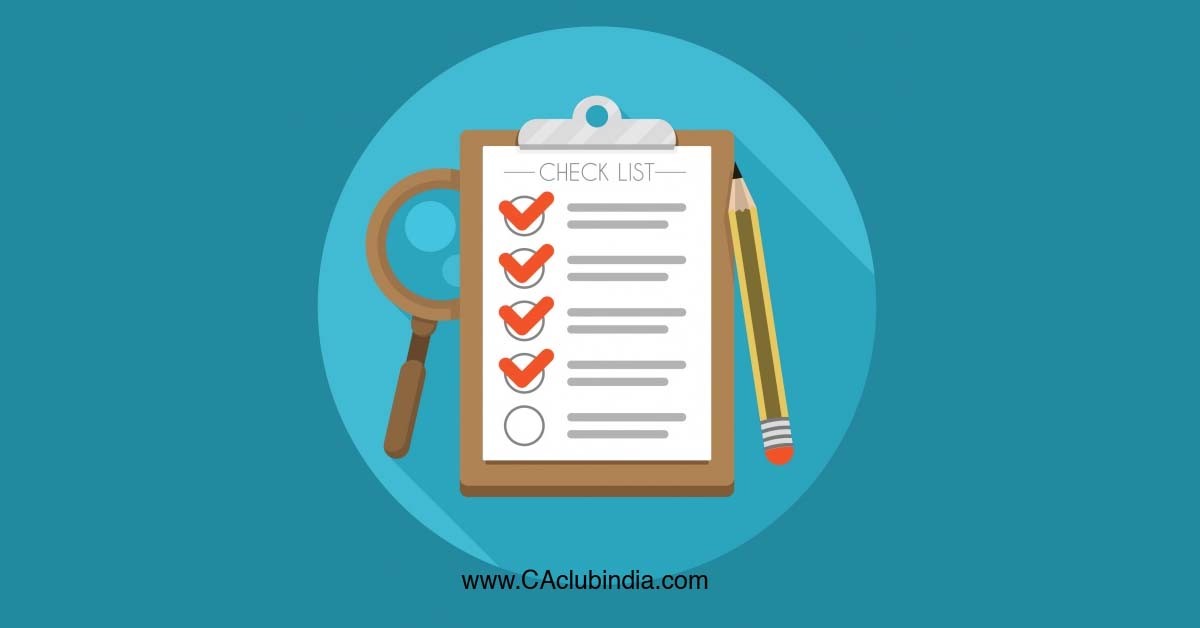Internal Audit Checklist
1. Initial Audit Planning
All internal audit projects should begin with the team clearly understanding why the project was put on the audit plan. The following questions should be answered and approved before audit begins:
- Why was the audit project approved to be on the internal audit plan?
- How does the process support the organization in achieving its goals and objectives?
- What enterprise risk(s) does the audit address?
- Was this process audited in the past, and if so, what were the results of the previous audits?
- Have there been significant changes in the process recently or since the previous audit?

2. Risk and Process Management
Performing an audit based on internal company information is helpful to assess the operating effectiveness of the process's controls. However, for internal audit to keep pace with the business’s changing landscape and to ensure key processes and controls are also designed correctly, seeking out external expertise is increasingly becoming a best practice.
Once you have leveraged internal and external resources to identify relevant risks, you will want to build an audit program that test for these risks.
3. COSO’S 2013 Internal Control-Integrated Framework
While used extensively for Sarbanes-Oxley (SOX) compliance purposes, internal auditors can also leverage COSO’s 2013 Internal Control-Integrated Framework to create a more comprehensive audit program. In addition to identifying and testing control activities, internal audit should seek to identify and test the other components of a well controlled process.
4. Initial Document Request List
Requesting and obtaining documentation on how the process works is an obvious next step in preparing for an audit. The following requests should be made before the start of audit planning in order to gain an understanding of the process, relevant applications, and key reports:
- All policies, procedure documents, and organization charts
- Key reports used to manage the effectiveness, efficiency, and process success
- 3-Access to key applications used in the process
- 4-Description and listing of master data for the processes being audited, including all data fields and attributes
- 5-After gaining an understanding of the process to be audited through the initial document request, you should request access to master data for the processes being audited to analyze for trends and to aid in making detailed sampling selections.
5. Preparing for a Planning Meeting with Business Stakeholders
Before meeting with business stakeholders, internal audit should hold an internal meeting in order to confirm the high-level understanding of the objectives of the process or department and the key steps to the process. The following steps should be performed to prepare for a planning meeting with business stakeholders:
Outline key process steps by narrative, flowchart, or both, highlighting information inflows, outflows, and internal control components
Validate draft narratives and flowcharts with subject matter experts (if any)
Create an initial pre-planning questionnaire to facilitate a pre-planning meeting with key audit customers
6. Preparing the Audit Program
Once internal audit has confirmed their understanding of the process and risks within the process, they will be.
An audit program should detail the following information
- Process Objectives
- Process Risks
- Controls Mitigating Process Risks
Control Attributes, including
- Is the control preventing or detecting a risk event?
- Control frequency (e.g. daily, weekly, monthly, quarterly, etc.)
- Does the control mitigate a fraud risk?
Is the control manually performed, performed by an application, or both?
An initial assessment of the risk event (e.g. high, medium, or low)
Testing Procedures for Controls to be Tested During the Audit, including
- Inquiry, or asking how the control is performed
- Observation, or physically seeing the control be performed
- Inspection, or reviewing documentation evidencing the control was performed
- Re-performance, or independently performing the control to validate outcomes.
7. Audit Program and Planning Review
Audit programs, especially those for processes that have never been audited before, should have multiple levels of review and buy-in before being finalized and allowing fieldwork to begin. The following individuals should review and approve the initial audit program and internal audit planning procedures before the start of fieldwork:
- Internal Audit Manager or Senior Manager, Chief Audit Executive, Subject Matter Expert.
- Management’s Main Point of Contact for the Audit (i.e. Audit Client)
Internal auditors who can create and document audit programs from scratch, and do not rely on template audit programs-will be more capable and equipped to perform audits over areas not routinely audited. The Audit Committee and C-suite may become more engaged with internal audit’s work in strategic areas. Perhaps most importantly, recommendations made by internal audit will have a more dramatic impact to enable positive change in their organizations.







 CAclubindia
CAclubindia
